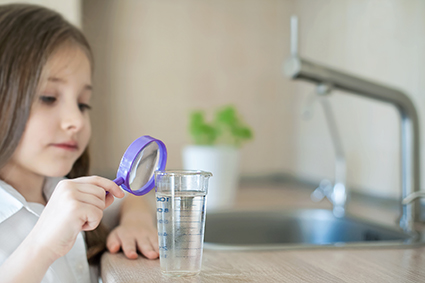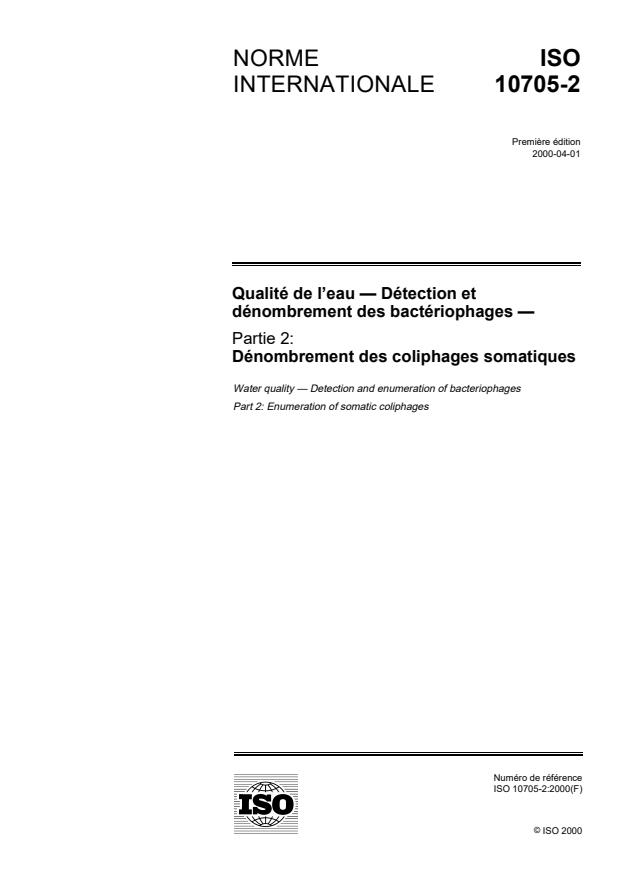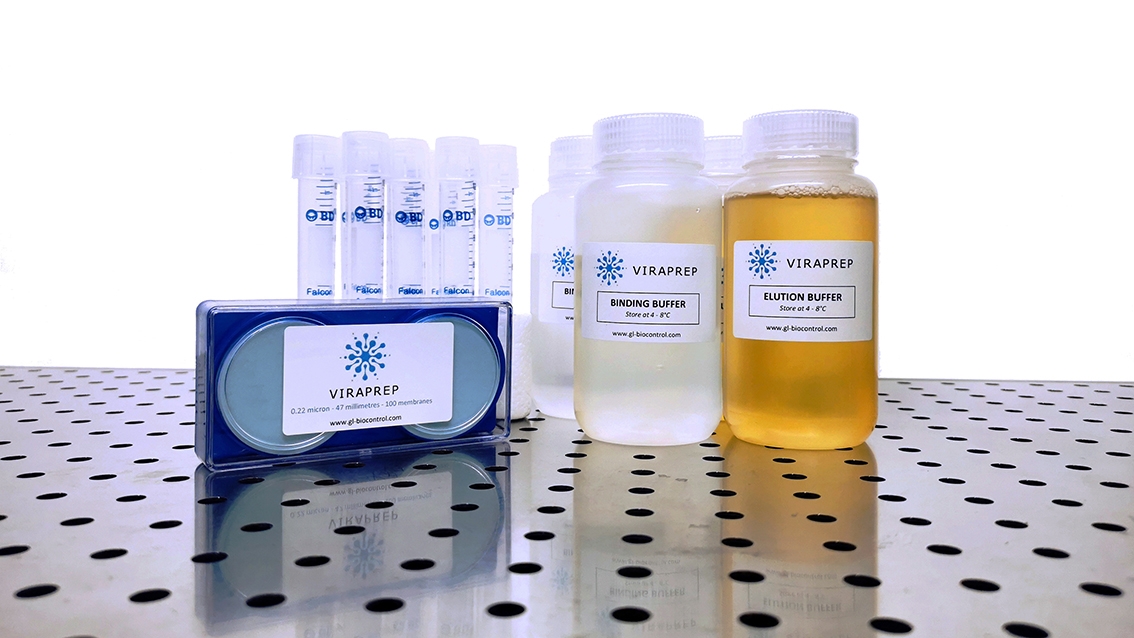
Viral indicators, parameter now included in regulations
The European regulation recently added the monitoring of coliphages to control the quality of drinking water and reuse water.
For the monitoring of drinking water, the EU Directive 2020/2184 requires the detection of somatic coliphages only. It is the first time that a viral parameter has been introduced in the field of tap water. They must be checked for in raw water. If the result is above 50 PFU per 100 ml, then, the water after treatment must be analysed.
Regarding water reuse system, total coliphages must be enumerated, i.e. somatic coliphages and RNA F-specific coliphages (Regulation (EU) 2020/741). This parameter is now required for the reuse of reclaimed water for irrigation of all food crops consumed raw where the edible part is in direct contact with reclaimed water and root crops consumed raw.
The enumeration of somatic and RNA F-specific coliphages is used to qualify the efficacy of drinking water and wastewater treatment plants.
See this article form more information on somatic coliphages.
Indicators in the fight against covid-19
In the fight against SARS-CoV-2, ANSES was charged to evaluate two viruses, somatic and RNA F-specific coliphages, to monitor the reduction of SARS-CoV-2 in wastewater and sludges¹.
Reference values:
| Regulation | Application field | Virus | Reference value Before treatment |
Reference value After treatment |
| Directive EU 2020/2184 | Water intended for human consumption | Somatic coliphages | < 50 PFU/ 100 ml | 0 / 100 ml |
| Regulation EU 2020/741 | Reused water for agricultural irrigation | Total coliphages* | – | 6 LOG10 reduction** |
The performance targets established by the regulations ask that a sample concentration method is used in analytical laboratories.
*If analysis of total coliphages is not feasible, at least one of them (F-specific or somatic coliphages) shall be analysed.
** If a biological indicator is not present in sufficient quantity in raw waste water to achieve the log10 reduction, the absence of such biological indicator in reclaimed water shall mean that the validation requirements are complied with.
What standards should you use for the analysis?
Standards ISO 10705-1 and 10705-2 describe the detection method of RNA F-specific coliphages and somatic coliphages respectively. The enumeration is done using a double agar layer plaque assay. With this method, up to 5 ml of sample can be analysed on the same petri dish. Thus, if 20 plates are inoculated in parallel, this procedure will allow detection of one virus in 100 ml. However, this method is extremely time and effort consuming, as well as costly. Therefore, it cannot be used as a routine method.
Standard 10705-3 recommends several concentration methods, detailed below. Each laboratory must implement and validate its procedure based on the performance criteria described in the standard.

Concentration methods of ISO 10705-3
| Méthode | Principle | Benefits | Flaws |
| Adsorption/ elution |
Adsorption of virus on a filter by electrostatic interactions. Elution in 10-15 ml or 500-1000 ml then reconcentration by ultrafiltration. Recommended for large samples (10 to 100 litres). |
|
|
| Flocculation |
Flocculation of viruses with Mg(OH)2. Elution in 30 ml. Recommended for samples ranging from 100 ml to 1 l with turbidity > 2 NTU. |
|
|
| Membrane filtration |
Concentration of viruses on a filter. Elution in a small volume <5ml. Recommended for samples ranging from 100 ml to 1 l with turbidity < 2 NTU. |
|
|
Membrane filtration is perfectly adapted for treated water (drinking and reclaimed water). Indeed, concentration of 100 ml to 1 litre of sample is enough to meet the performances required. Besides, the treatment generally guarantees a high quality water with low total suspended solids and low turbidity, which enable the filtration of one litre of water without clogging issues.
Therefore, membrane filtration is the best compromise possible, offering simplicity, rapidity and performances.
Membrane filtration: VIRAPREP®
This method is a simple membrane concentration of samples ranging from 100 ml to 1 litre on a specific filter that has an affinity for the concerned viruses. They are then eluted in a solution that guarantees their integrity and infectivity. The elution volume (5 ml) and the membrane filter are inoculated on a double layer agar (10705-1 and -2) in order to analyse the whole sample.
The VIRAPREP® kit, that GL BIOCONTROL produces, is a turnkey solution to concentrate somatic and F-specific RNA coliphages. This kit, fully compliant with the ISO 10705-3 requirements, limits the analysis to the inoculation of two to three petri dishes.
Several analysis laboratories were accredited by the French Accreditation Committee (COFRAC) using VIRAPREP® as their concentration method.


